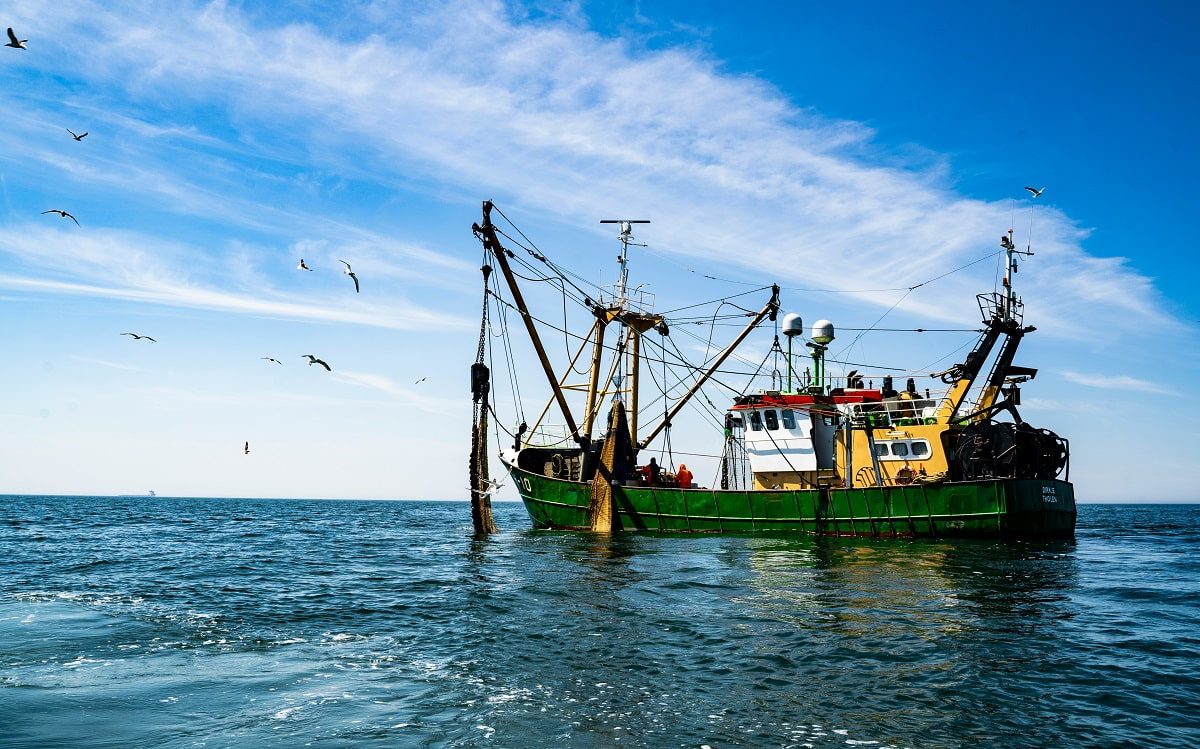Last Wednesday, during the UN General Assembly High-Level Week, the United States, European Union and their allies unveiled the New York Principles on Undersea Cables, committing to bolster the security and resilience of global networks. Endorsed by 30 nations, including Australia, the statement positions itself as a significant step in safeguarding critical infrastructure. However, its narrow emphasis on national security raises pressing concerns. The principles advise cable owners to avoid high-risk suppliers — implicitly targeting countries such as China and Russia, as noted by Politico in early September. Notably absent from the statement are vital concerns around deep-sea mining and environmental impacts, issues that are crucial for the sustainable future of undersea cable systems.
More than 70 per cent of cable faults stem from fishing and shipping activities, both above and below water, and less than 20 per cent from natural hazards. Thus, the focus on national security glosses over the complex material and environmental challenges in managing these critical systems, creating regulatory uncertainty for private actors. The ever-evolving regulatory environment is a perennial topic of discussion at major subsea cable industry events as they look for solutions to provide connectivity in an increasingly fraught geopolitical landscape.
Environmental concerns, often overshadowed in political discourse, are front-of-mind for the industry.
While the media announced the signing of the principles in New York, a far more substantive event for the future of undersea cables occurred at the Submarine Networks World Conference in Singapore. More than 950 industry professionals, including representatives from Chinese companies, gathered to address issues that extend beyond geopolitics, focusing on sustainability, operational efficiency, and environmental challenges. This contrast between government declarations and industry-led collaboration highlights a disconnect: while policymakers are entangled in power plays, the industry is tackling the real-world challenges of building and maintaining resilient infrastructure.
Environmental concerns, often overshadowed in political discourse, are front-of-mind for the industry. While environmental impact assessments are required before cables are laid, they tend to focus on immediate, localised issues. Bigger hurdles, such as global warming and the soon-to-emerge challenge of deep-sea mining, which both pose significant risks to cable infrastructure, receive far less attention.

Deep-sea mining has emerged as a critical concern for the industry, with the International Cable Protection Committee identifying it as a priority issue. Here, a glaring hypocrisy in the US approach becomes evident. While Washington urges the industry to disentangle from high-risk supply chains and “follow applicable international law, as reflected in United Nations Convention on the Law of the Sea (UNCLOS)” it refuses to ratify UNCLOS or engage with the International Seabed Authority (ISA), which governs deep-sea mining. By ignoring these international frameworks, the United States forfeits leadership on seabed governance to countries it seeks to decouple from, such as China. China has spent years strengthening its position within the ISA, is the body’s principal funder, and has shown keen interest in beginning mining the seabed that holds critical minerals, as soon as permits are issued. The United States' absence from the ISA, combined with its pressure on the industry, places the burden of managing geopolitical risks and seabed health primarily on the private sector.
This divergence between government rhetoric and industry action is conspicuous. While policymakers focus on national security threats, the submarine cable industry is addressing practical, long-term challenges — such as recycling decommissioned cables, mitigating seabed congestion, and tackling the risks of deep-sea mining. These initiatives are crucial for the sustainability of global internet infrastructure, yet they receive little to no attention in government declarations or actions.
If and when the New York Principles translate into legislation, it will be crucial for governments to ensure regulatory flexibility that doesn’t stifle innovation or burden the private sector.
Take the New York Principles, for example. They mention “sustainability”, along with buzzwords such as “resilience” and “reliability”. However, these terms remain frustratingly vague without concrete actions or commitments to back them up. One might argue that a brief statement need not cover every detail, but name-dropping Pacific Island Countries without mentioning climate change is, at best, tone-deaf. In comparison, the Singapore conference discussions went beyond new cable projects for the Pacific. Panels focused on lessons learned from the region and addressed critical issues of climate, sustainability, e-health, and the digital divide. These industry-led conversations highlight the deep interconnection between these concerns and the future of submarine networks.
One thing is for sure: the contrasting priorities of governments and the submarine cable industry underscore a critical issue. Geopolitical manoeuvres, such as the New York Principles, indicate that more regulatory action is around the corner. Increased governmental intervention in the way the private sector connects the world threatens to fragment the global internet. This bifurcation increases the risk of a divided, more expensive, and less accessible internet, severely impacting remote communities. As highlighted by industry leaders at the Submarine Networks conference, regulatory unpredictability may make essential services such as e-health prohibitively costly and partially inaccessible, deepening the digital divide, especially in the Pacific and the global south.
If and when the New York Principles translate into legislation, it will be crucial for governments to ensure regulatory flexibility that doesn’t stifle innovation or burden the private sector. More importantly, future declarations need a shift in the narrative — away from geopolitical control to focus on support for subsea infrastructure sustainability initiatives. This is not just about easing the burden on private industry; it’s about ensuring internet access remains affordable for billions whose lives and livelihoods are now inseparable from the digital infrastructure that connects our world.
______
The author thanks Terrapinn Events for granting her observer access to the Submarine Networks World Conference and acknowledges their commitment to making industry events accessible to students and early-career researchers.

